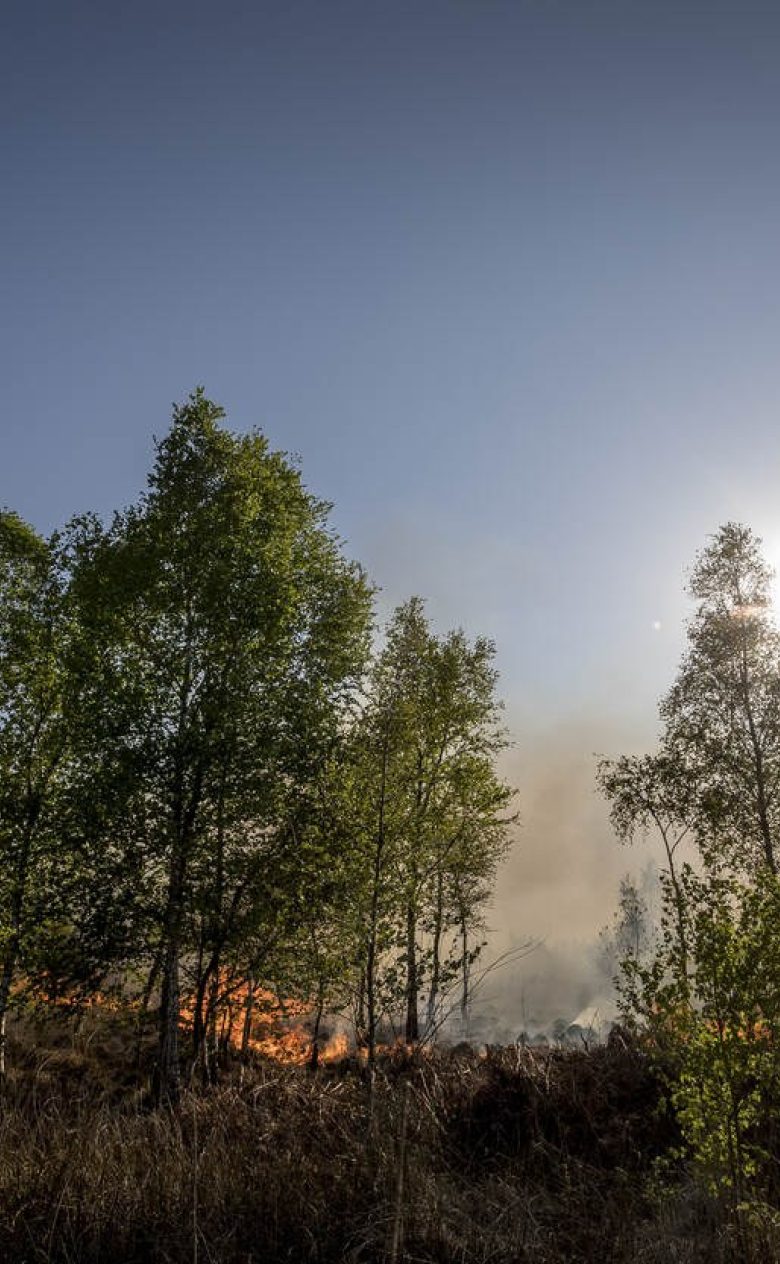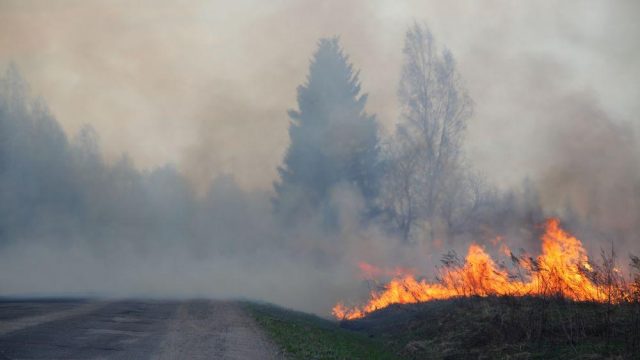Already hundreds of wildfires annually in the Netherlands
The Netherlands has hundreds of wildfires every year. They are often small but the potential consequences are significant. A group of researchers led by Wageningen University & Research, working with wildfire experts from Deltares, the Dutch Fire Department, and the Spanish company Technosylva, has drawn up an overview of the numbers and impact of wildfires in the Netherlands for the first time since 1994, when official registration stopped.

The experts say that this is needed on a structural basis: ‘To adapt to a future with wildfires, it is essential to have data about the events and establish a picture of the consequences,’ says Margreet van Marle, expert on wildfires and climate resilience.
Between 2017 and 2022, experts recorded 3667 wildfires in the Netherlands. An average of 405 hectares goes up in flames every year. Wildfires are more common on heathland than in woodland, and they are most common in spring and in dry summers, as in 2018 and 2022. Almost all of them are caused by humans, either deliberately or inadvertently. It is striking that most fires start on a Sunday. Annual firefighting and restoration expenses are estimated at about € 2.7 million.
Only 0.2% of wildfires identified
The vast majority of fires are small, especially in comparison with southern countries such as Spain, Portugal and Greece. So small, in fact, that they are not identified by the satellites used for international records. ‘But that doesn’t mean they aren’t there,’ says Cathelijne Stoof, wildfire expert at WUR. Satellites ‘see’ wildfires covering 30 hectares and more, while the average wildfire in the Netherlands covers 1.5 hectares. This means that only 0.2% of all wildfires in the Netherlands are recorded in the European satellite database. Many countries supplement this database with data from the ground. The Netherlands does not. ‘The number of wildfires in our country is therefore greatly underestimated, even though our analysis of recent fire history shows that they can result in challenges and problems,’ says Stoof.

Low level of awareness
To draw up an informed action perspective for government authorities, fire departments and area managers, it must be possible to provide a quantitative indication of the consequences of wildfires. With the aim of establishing a clearer picture of the effects of wildfires in the Netherlands, wildfire experts went further back in time. They found numerous examples of firefighters who had to flee for their lives, homes burned, and evacuations of villages, nursing homes, camping sites and even prisons. In fact, 31 people have died from wildfires since 1833, with the most recent casualty in 2021.
Furthermore, studies of blockages of major roads (in Dutch) show that roadside fires alone can currently inflict several hundreds of thousands of euros in repair and delay costs. The costs for society are expected to increase rapidly under the impact of climate change. We can take anticipatory action based on more knowledge about wildfire risks (including the quantification of the causes and consequences) in order to arrive at an informed action perspective.
We live in a densely populated country where the levels of awareness and preparation are low. Every fire can represent a challenge but they remain incidents until you start collecting data structurally. Only then do you see patterns that can help with integrated fire management in which all factors are addressed, from landscaping to smart firefighting.

Fire statistics
The experts are calling for a return to the situation before 1994 when data about wildfires were collected on structural basis. Edwin Kok of the Netherlands Institute of Public Safety (NIPV) and the Wildfires task force says: ‘For the fire department, having the right information means we can act more effectively and safely. Until we know whether the number of fires or the intensity is increasing and which prevention measures have helped to control the fire, we cannot base our response on knowledge.'
Van Marle: ‘To adapt to a future with wildfires, it is essential to have a clear picture of the consequences such as health risks, evacuations and the failure of vital functions. At present, that is often lacking. Monitoring and proper documenting of the fires are needed to do this job properly. We can also benefit from lessons learned about flood risks.’

